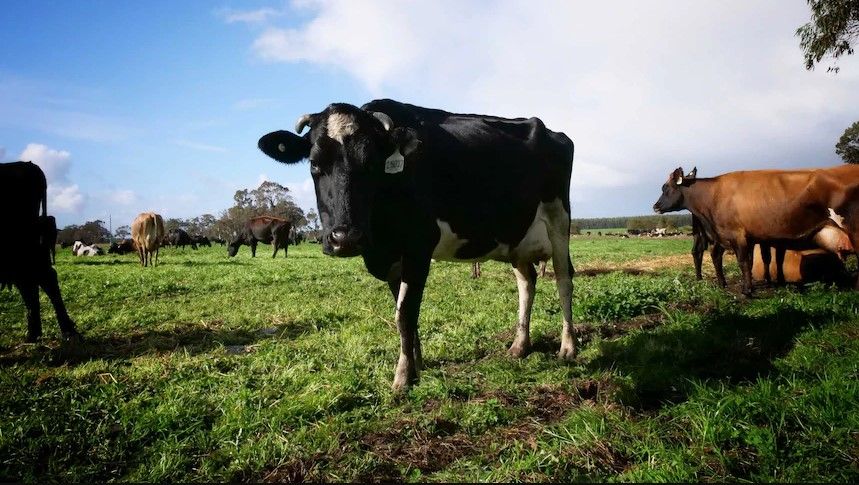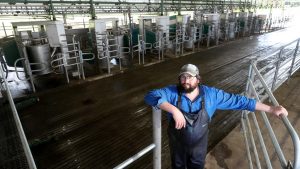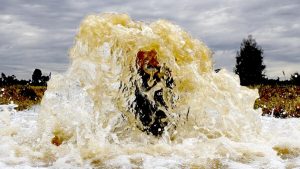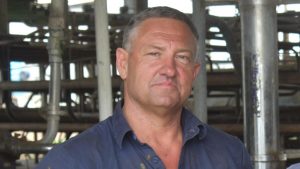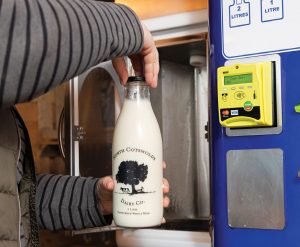
A Carrajung South dairy farmer has been without power for a week now, one of about 400 Gippsland properties still without electricity since last week’s dramatic storms.
Key points:
- More than 400 hundred Gippsland homes are still without power
- One week after storms thrashed the region, crews are still getting the last homes online
- MP Danny O’Brien is calling for a parliamentary review of the network after similar outages in June
“It’s very costly,” John Willis said of the outage, east of the Strezlecki ranges in south-eastern Victoria.
“It’s the second time this year. If this is progress I don’t know where we’re going to end up.”
While AusNet Services crews have restored most of the 28,000 Gippsland homes affected, Mr Willis said it had taken longer than usual to get his farm’s lights back on.
“I’ve lived here all my life and it used to be only a 24-hour thing if the power went off,” he said.
“We all had local crews. But [in nearby] Yarram, there’s no local crews around now. They all come from other places, the Latrobe Valley and Melbourne.”
Calls for parliamentary review
Nationals member for Gippsland South Danny O’Brien has renewed calls for a parliamentary review of the network’s durability after storms and floods battered the area in June.
“There is a problem, and I think we need to be reviewing the situation and actually looking at how we can stop it from happening again in future,” he said.
“It’s just not good enough, and while I know the AusNet crews are working hard there’s just not enough of them.
“For homes, businesses, and particularly for dairy farms to be off for as long as this, there is a problem.”
Crews around the state respond
AusNet Services executive general manager and network manager Steven Neave said AusNet had brought in crews from other areas to respond to the storm.
“We have regional crews based right across the AusNet Service territory, but with the storm lately we’re pulling crews from everywhere we can to go into the areas where we’ve still got customers off,” he said.
He also said the company was planning for worsening storms due to climate change.
“We are seeing storms that are more severe and more frequent than what we’ve seen in the past,” he said.
